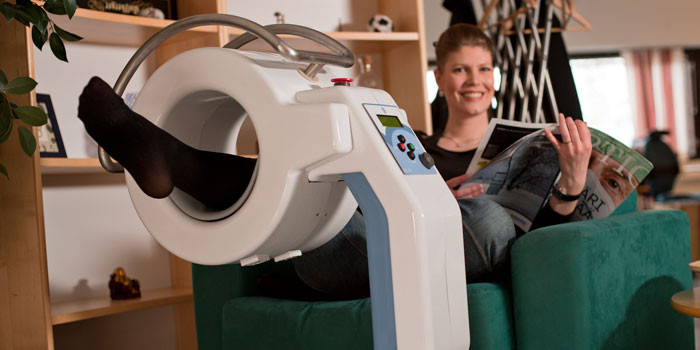Electronics integration and reliability
The research in the Electronics integration and reliability unit is strongly multidisciplinary by nature. Our knowhow is based on materials science and, especially, on the understanding of interfacial phenomena between materials in heterogeneous systems. Our methodology combines strong experimental research and analysis of microstructures with thermodynamic, thermomechanic as well as diffusion kinetic modelling.
Our aim is to continuously develop the competencies, and to utilize them in a plethora of novel applications. Our main research focus is on microelectronics, but it is expanding to a wide variety of microsystems from their integration to their performance in demanding environments.
Our unit’s focus is evolving alongside with the changing economic environment. Just as with the abandoning of lead based solder joints, the coming of new environmentally sustainable products will reveal new challenges for the experts of interfacial materials science.
Materials are combined in new ways in the fields of MEMS technologies, fuel cell development and bioactuators, among others. In the years to come, the EIL unit will contribute in all of these fields, and many more, as opportunities are seized as they present themselves.
Successful field of implantology
Right from the start of the research group’s existence, we have also conducted several studies in the field of implantology, along with medical professionals.
At the beginning of the millennium, we finally confirmed that medical engineering is a lasting part of our research strategy as we participated in launching the new study programme ‘Bioinformation technology’. This paved the way for several successful projects, and the latest innovations in the area of active implants have already gained wide national as well as international attention.
As an example, three members of the EIL unit have participated in several business idea competitions under the name of Synoste. These efforts have been successful as the group has won many prizes, and more are sure to follow.
Our story
The Electronics integration and reliability (EIL) unit was established at the Faculty of Materials Science in the late 1980s. At that time, the field of electronics manufacturing was on the rise. To further improve the co-operation between materials scientists and electronics engineers, our group moved to the current School of Electrical Engineering in the mid-1990s.
Resources and co-operation
Our current staff includes one professor, researchers, doctoral students and a number of research assistants as well as lab co-workers. As most of the research projects are interdisciplinary, we have wide co-operation networks with other international research organisations and professionals in the industry and health care. Every research project benefits of our inborn knowhow in physics, modelling and reliability, and additional strength is sought from our national and international partners.
The group is led by Professor Mervi Paulasto-Kröckel.



